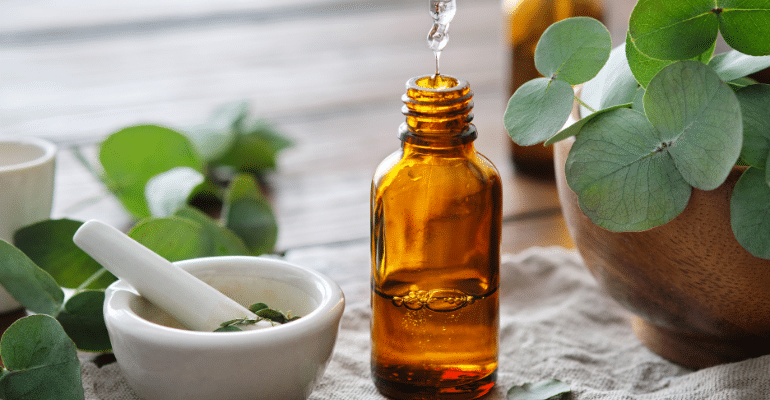Essential oils have been used for centuries for their therapeutic properties, providing numerous benefits to our physical and emotional well-being. For many people, the use of an essential oil diffuser is the go-to method for enjoying these benefits. However, there are several other simple and effective ways to incorporate essential oils into your daily routine without needing a diffuser. In this guide, we will explore alternative methods to help you get the most out of your essential oils.
Applying Essential Oils Topically
One popular method of using essential oils without a diffuser is through topical application. By applying diluted essential oils directly to the skin, you can target specific areas of the body and enjoy localized effects. Please note that it is crucial always to dilute essential oils with a carrier oil before topical application to avoid skin irritation or sensitivity reactions.
Diluting Essential Oils with Carrier Oils
To safely apply essential oils to the skin, mix them with a carrier oil such as coconut oil, jojoba oil, or sweet almond oil. A general guideline is to mix 5-6 drops of essential oil per ounce of carrier oil. This not only ensures safe application but also helps the essential oil absorb better into your skin.
Suggested Areas for Topical Application
Some ideal areas for applying diluted essential oils include:
- Temples: for headache relief and relaxation
- Wrists: to enjoy the aroma throughout the day
- Chest: for respiratory support
- Soles of feet: for overall well-being and relaxation
Incorporating Essential Oils into Your Bath
Adding essential oils to your bath can turn an ordinary soak into a luxurious and therapeutic experience. Not only do you benefit from the aromatic properties of the oils, but your skin also absorbs some of their beneficial compounds.
How to Use Essential Oils in Your Bath
To avoid having the oil float on top of the water, mix a few drops of your chosen essential oil with a carrier oil, unscented bath gel, or Epsom salts before adding it to your bathwater. This way, the oil will disperse throughout the water, providing better coverage for your skin. Some popular oils for baths include lavender (for relaxation), eucalyptus (to help clear sinuses), and rosemary (for an invigorating pick-me-up).
Creating an Essential Oil Inhaler
An essential oil inhaler is a portable and convenient way to enjoy the benefits of aromatherapy without requiring a diffuser. These small devices consist of a wick or cotton ball that holds the essential oil and fits inside a small container or tube.
Making a DIY Essential Oil Inhaler
- Choose an empty lip balm or pill container with a tight-fitting lid.
- Gather a cotton ball or small piece of fabric that will fit inside the container.
- Add 5-10 drops of your desired essential oil or blend onto the cotton ball or fabric.
- Place the saturated cotton ball or fabric inside the container and seal tightly.
When you need a quick burst of aroma, simply open the container and inhale deeply. The scent should last several days to weeks, depending on the container’s seal and the potency of the oil used.
Using Essential Oils in a Spray Bottle
An essential oil spray is an easy way to freshen up your home, car, or office without needing a diffuser. It can also be used as a body mist or linen spray for added versatility.
Making an Essential Oil Spray
- Fill a small glass spray bottle with distilled water, leaving enough room at the top for the oils.
- Add 10-15 drops of your chosen essential oil or blend.
- Optional: add a splash of witch hazel or vodka to help disperse the oil throughout the water.
- Shake well before each use to ensure the oils are evenly mixed.
Note that it is crucial to use a glass spray bottle, as essential oils can degrade plastic over time, causing it to leach chemicals into your spray.
In conclusion, there are numerous ways to enjoy the benefits of essential oils without using a diffuser. From topical application to creating your own inhaler or essential oil spray, these versatile methods allow you to incorporate essential oils into your daily routine easily and effectively.







Comments